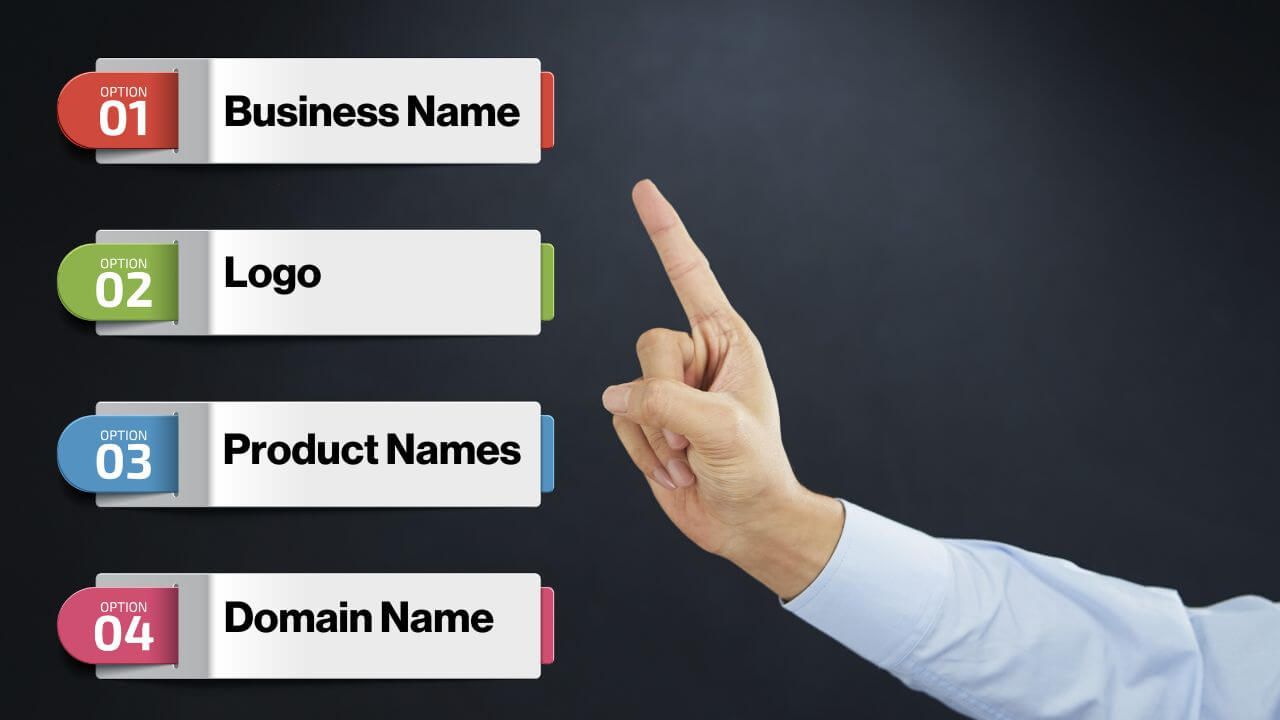Deciding what to trademark first can be a crucial step in protecting your brand. With so many elements to consider, it’s important to prioritize effectively to ensure that your business is safeguarded from potential infringements and legal issues. Here’s a guide to help you determine what to trademark first.
1. Trademark Your Business Name
Your business name is often the most important asset to trademark. It is the cornerstone of your brand identity and the primary way customers recognize and remember your business.
- Brand Recognition: A trademarked business name ensures that customers associate your products or services with your brand.
- Legal Protection: Prevents others from using a similar name that could confuse customers or damage your reputation.
Action: Conduct a thorough trademark search to ensure your business name is unique and available, then file for trademark registration with the USPTO.
2. Trademark Your Logo
A logo is a visual representation of your brand and can be just as important as your business name. A distinctive logo can make your brand easily recognizable and memorable.
- Visual Identity: Protects the visual elements that represent your brand.
- Market Presence: Ensures that your logo is unique in the marketplace.
Action: Ensure your logo is original and not infringing on existing trademarks. Conduct a design search and file for trademark protection.
3. Trademark Your Slogan or Tagline
A catchy slogan or tagline can set your brand apart and communicate your brand’s values and mission. Trademarking your slogan ensures that it remains exclusively associated with your business.
- Brand Messaging: Protects the phrases that define your brand’s message.
- Marketing Tool: Prevents others from using similar slogans that could dilute your brand.
Action: Conduct a search to ensure your slogan is unique and file for trademark protection if it is distinctive and non-generic.
4. Trademark Key Product Names
If your business offers unique products or services, consider trademarking their names. This is especially important if these products are a significant part of your brand identity.
- Product Differentiation: Protects the names of your unique products or services.
- Market Exclusivity: Prevents competitors from using similar names for their products.
Action: Conduct a trademark search for each product name and file for registration to protect them from potential infringement.
5. Trademark Your Domain Name
Your domain name is your online identity and a key part of your brand. Trademarking your domain name helps protect it from cybersquatters and ensures that your online presence remains secure.
- Online Protection: Secures your domain name against unauthorized use.
- Brand Consistency: Ensures that your online identity matches your overall brand.
Action: Check the availability of your domain name and consider trademarking it to prevent future conflicts.
6. Prioritize Based on Business Needs
While it’s important to protect all aspects of your brand, prioritize trademarking based on your business’s specific needs and goals. Consider factors such as:
- Market Impact: Which elements of your brand have the most impact on your market presence?
- Potential Risks: Which elements are most at risk of infringement or copying?
- Business Growth: Which trademarks are critical for your business’s future growth and expansion?
Action: Create a trademark strategy that aligns with your business priorities and budget.
Conclusion
Trademarking is an essential step in protecting your brand and ensuring its long-term success. Start with your business name, logo, and slogan, then move on to key product names and your domain name. By prioritizing these elements, you can build a strong foundation for your brand and safeguard it against potential infringements. Always conduct thorough searches and consider seeking professional advice to ensure your trademarks are properly protected.

